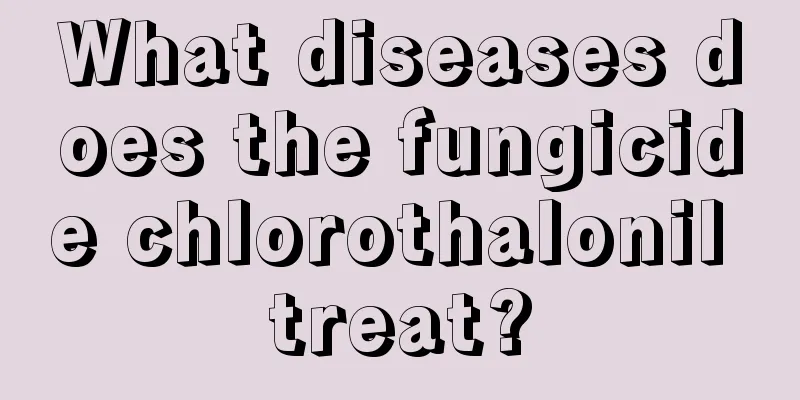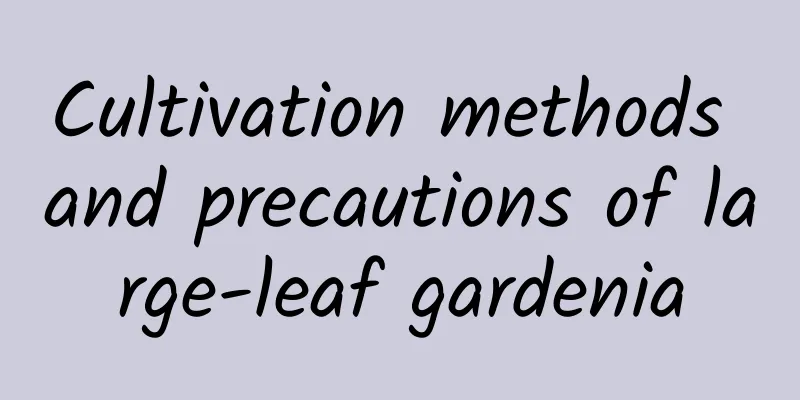What diseases does the fungicide chlorothalonil treat?

|
Thiophanate-methyl is a broad-spectrum fungicide and a protective fungicide. It mainly destroys the activity of glyceraldehyde-3-phosphate dehydrogenase in the pathogen, thereby hindering the metabolism of the fungus and making it lose its vitality, ultimately achieving the purpose of preventing the disease. So what disease does Benomyl fungicide cure? Let’s take a look with the editor below. 1. What diseases can the fungicide Benomyl treat? Thiophanate fungicide is a broad-spectrum, systemic fungicide with both protective and therapeutic effects. Benomyl is mainly used to prevent and control diseases such as downy mildew, blight, late blight, leaf mold, leaf spot, anthracnose, tea cake disease, web cake disease, leaf spot, canker, black spot, etc. caused by pathogens such as the Mastigomycotina and Ascomycotina. These diseases occur on a variety of crops and horticultural plants, such as vegetables , fruits , flowers , etc. The main dosage forms of Benomyl include 75% wettable powder , 50% wettable powder, 40% suspoemulsion, 25% granules, 10% granules, 45% smoke agent, etc. 2. How to use Benomyl? 1. Spray prevention After diluting the chlorothalonil fungicide to the recommended concentration, use a sprayer to evenly spray it on the leaves and stems of crops or horticultural plants to prevent and control diseases such as powdery mildew and downy mildew. 2. Seed soaking Before sowing, soak the seeds in a solution containing the fungicide thiophanate-methyl to increase the seeds' resistance to diseases. 3. Soil treatment Before planting or transplanting, mix chlorothalonil fungicide with the soil to prevent fungal diseases in the soil. 3. Notes 1. When using chlorothalonil fungicide, be sure to follow the dilution ratio and usage method specified in the product instructions or professional recommendations to avoid excessive use or misuse. 2. After applying Benomyl, a dense film can be formed on the surface of plant leaves, fruits and other parts, killing pathogens by contact killing. It has a preventive effect on diseases and its effectiveness period is generally only about 7 days. 3. Benomyl is also highly toxic to fish and bees. Therefore, it should be used with caution in paddy fields and should not be used around the flowering period of crops. Some varieties of grapes, pear trees, apple trees, persimmon trees, jujube trees, and some flower plants are at risk of pesticide damage, and oily substances may aggravate the damage. The above is an introduction to what diseases the fungicide chlorothalonil can treat. Chlorothalonil has good adhesion on the plant surface and is not easily washed away by rain, etc., so it has a longer effective period. Under normal dosage, the effective period is generally about 7-10 days.
|
<<: The correct steps for cutting Monstera and how to care for it after cutting
>>: How can we prevent Monstera from growing too tall? Can Monstera be treated with dwarfing agent?
Recommend
The flower language and meaning of the dragon's spit, what are the taboos of giving it as a gift
1. Flower language and meaning 1. Precious and pu...
Cutting method of fuchsia
Cutting time Except for the summer dormancy perio...
How to prune willow-leaf peach
When to prune willow-leaf peach Generally, there ...
Disease and Pest Control of Magnolia grisea
Pest Control of Gray Manglietia Mole Cricket Mole...
Plant a pot of chili peppers on the balcony and pick and eat them at the same time, without having to buy any!
How to grow peppers on the balcony? 1. Cut the fr...
Is Dendrobium officinale poisonous? Can Dendrobium officinale be soaked in water and drunk?
1. Is it poisonous? Dendrobium officinale is non-...
What vegetables are best to grow in February and March?
During this season, many farmers tend to grow var...
What is the reason why Clivia does not bloom?
As a common household plant, Clivia is loved by m...
How to make rainbow jade bloom
1. Adequate sunlight If you want it to bloom out ...
How long does it take for asparagus fern to adapt to the pot
Asparagus fern acclimatization time If you place ...
What fertilizer is best for camellia?
Fertilizing Camellia Camellia is a fertilizer-lov...
How to remedy the drooping leaves of Daphne koreana and what is the reason
1. Replace the soil Reason: The drooping of its l...
When should nasturtium be planted?
Nasturtium is a very beautiful flower with bright...
Things to note when transplanting boxwood
1. Choose a flower pot Choose a flowerpot of mode...
How to grow Jade Leaf Succulent
Jade Leaf Succulent Growing Conditions The Jade P...









